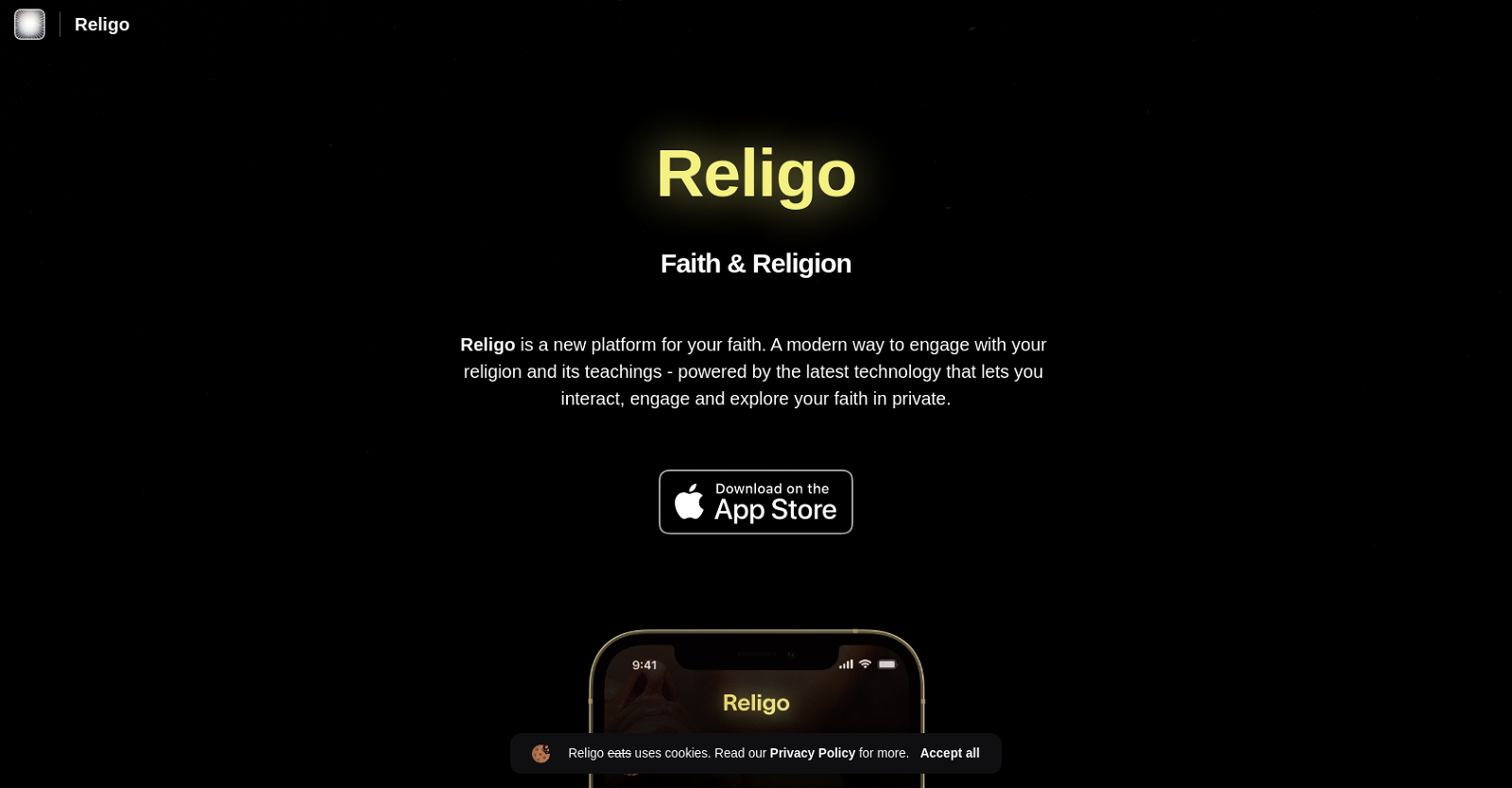
Religo
Religo is a platform designed to provide a modern and immersive experience for individuals seeking
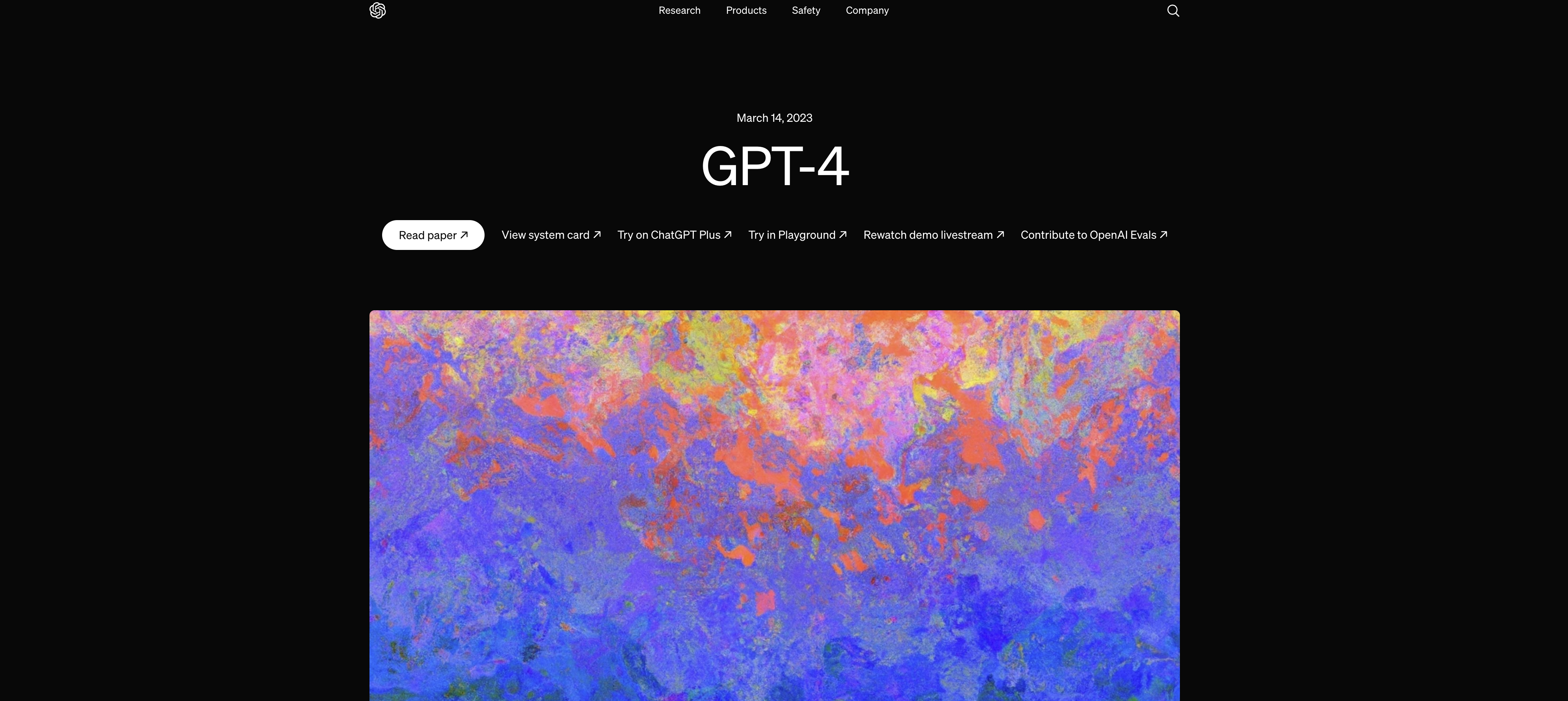
Freemium
Are you tired of spending hours sifting through vast amounts of text to extract meaningful insights?
Introducing GPT-4, the latest deep learning model from OpenAI. With its ability to analyze and extract insights from varied texts, GPT-4 revolutionizes the way we process information.
By combining image and text inputs, GPT-4 generates contextually appropriate and coherent text outputs, achieving human-level performance on professional and academic benchmarks. Its reliability, creativity, and nuanced instruction handling surpass its predecessor, GPT-3.5.
Tested on simulated exams designed for humans and traditional machine learning benchmarks, GPT-4 outperforms existing language models and state-of-the-art models. Its text input capability is already available through ChatGPT and the API, with image input capability soon to follow.
OpenAI is committed to continuous improvement and has open-sourced OpenAI Evals, a framework for evaluating AI model performance. Join us in shaping the future of AI tools by reporting any shortcomings and helping guide further advancements.
GPT-4 is a deep learning model developed by OpenAI that accepts both image and text inputs and generates text outputs. It has achieved human-level performance on professional and academic benchmarks, although it is less capable than humans in real-world scenarios.
GPT-4 is a large multimodal model trained on a vast corpus of data to generate coherent and contextually appropriate text in response to various inputs. It is designed to be more reliable, creative, and capable of handling nuanced instructions compared to its predecessor, GPT-3.5.
GPT-4’s capabilities have been tested on various benchmarks, including simulating exams designed for humans. It has also been evaluated on traditional machine learning benchmarks, outperforming existing large language models and most state-of-the-art models.
Currently, GPT-4’s text input capability is available through ChatGPT and the API. The image input capability is being prepared for wider availability through collaboration with a single partner.
OpenAI has open-sourced OpenAI Evals, a framework for automated evaluation of AI model performance. This allows anyone to report shortcomings in the models, helping guide further improvements.

Receive the same AI tips that helped me to make $37,605 in just two weeks!
We promise we won’t spam your inbox.

Religo is a platform designed to provide a modern and immersive experience for individuals seeking

SkinGenerator.io is an innovative platform that empowers users to craft personalized skins for their favorite

ZeroGPT’s AI Detector is a free and highly accurate tool designed to detect AI-generated chatGPT

AI Pricing Optimizer is an AI tool designed to enhance your conversion rates and accelerate

Trickle is an AI tool designed to assist individuals who often capture screenshots for future
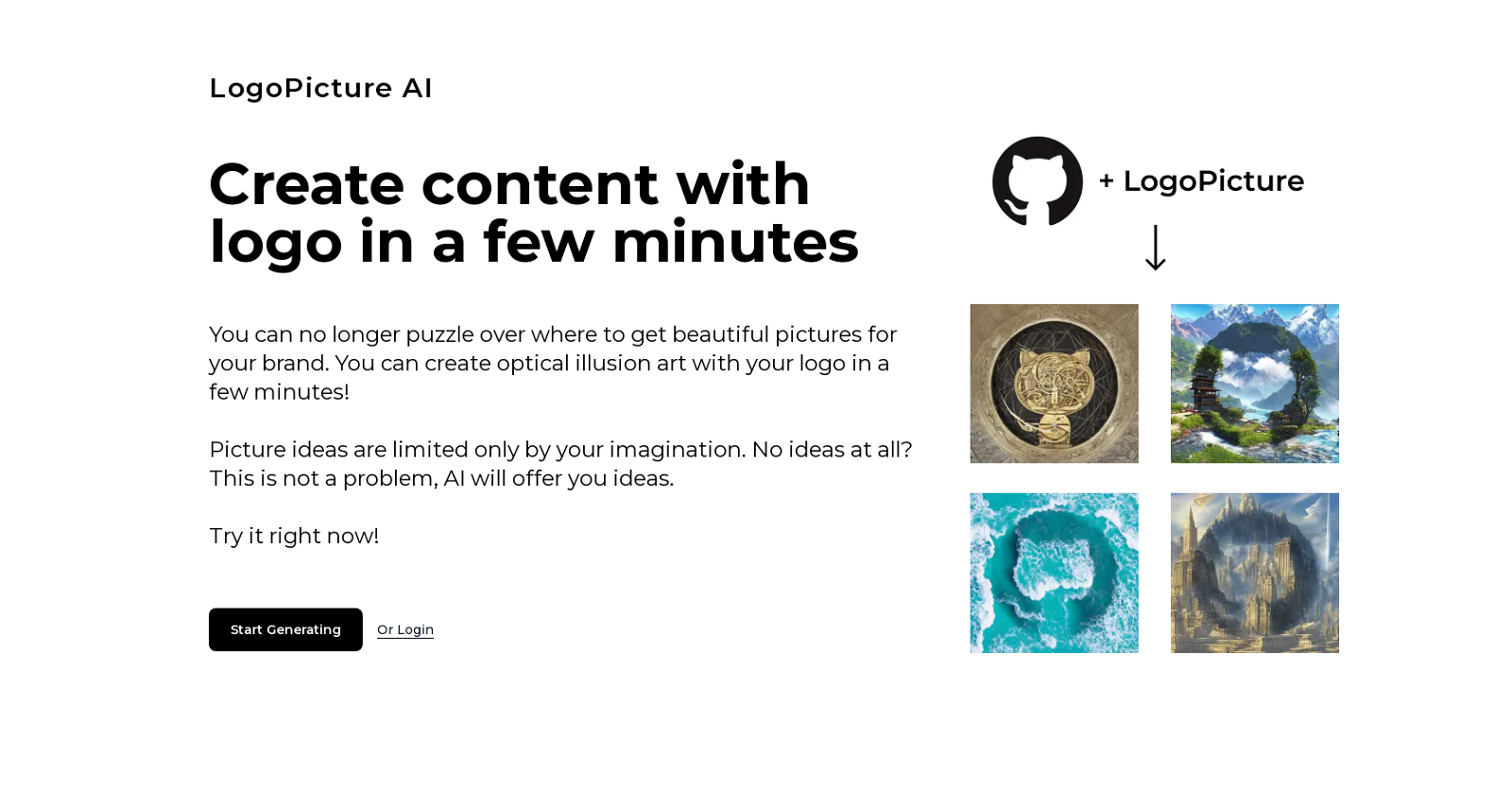
LogoPicture AI is a tool that allows users to easily create optical illusion art using
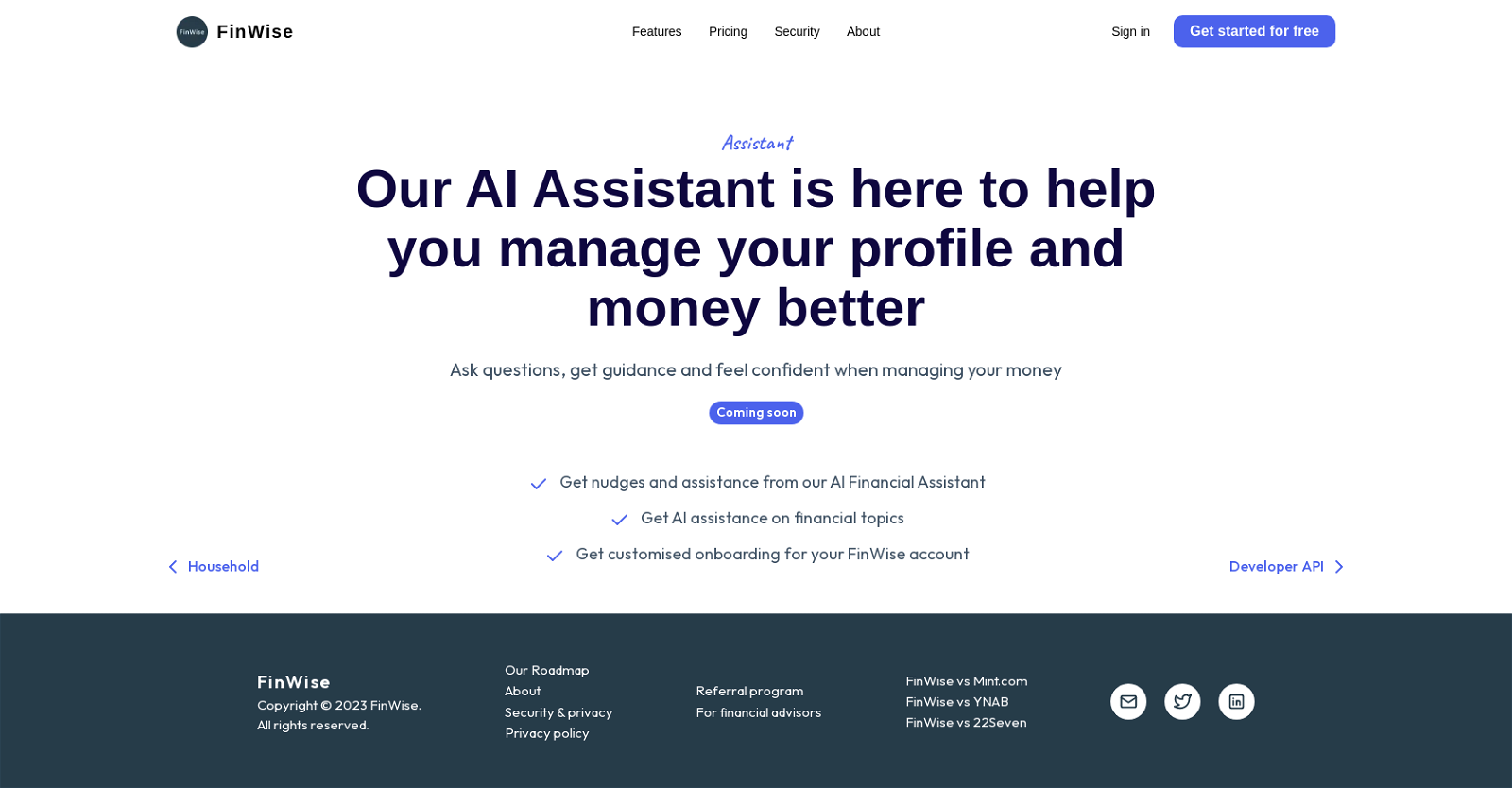
FinWise Assistant is an AI tool designed to help users manage their financial profiles and
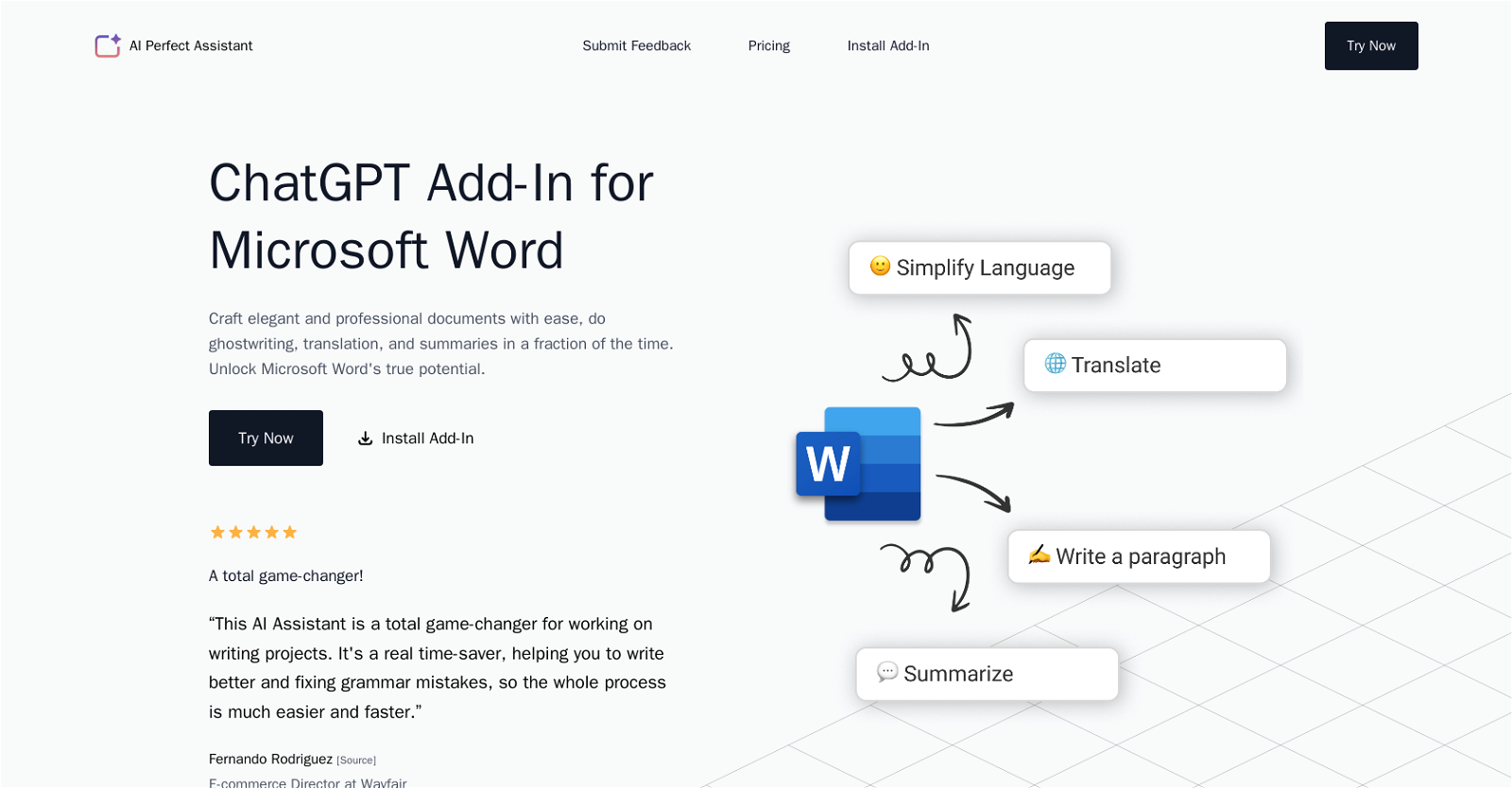
AI Perfect Assistant is an advanced AI tool designed to streamline and enhance various aspects
We’ve categorized 10000 + AI tools in these categories.